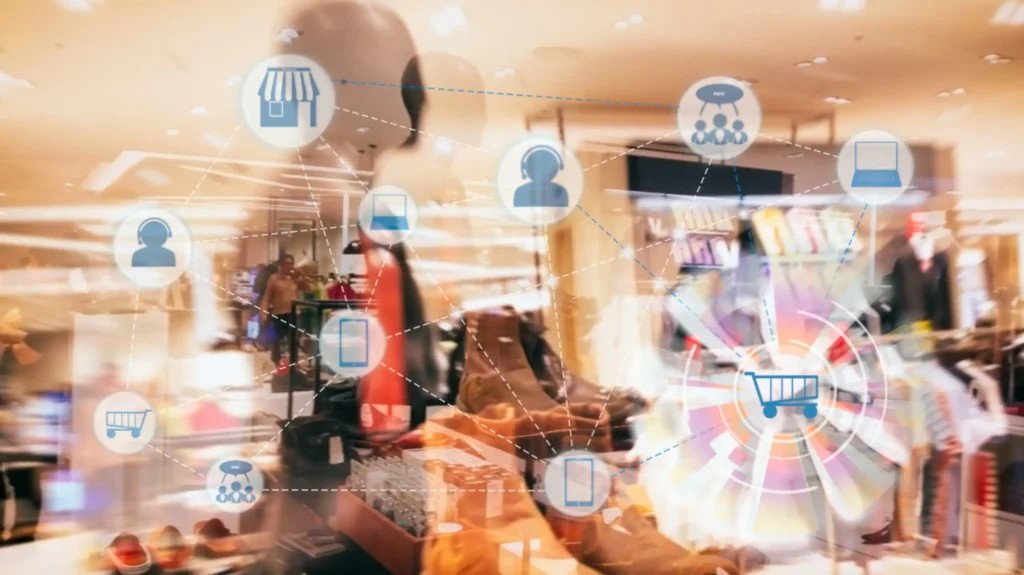Summary
- Customer interactions provide valuable insights about the customer.
- Retailers need a complete view of the customer to optimize margin, inventory, and profitability.
- Customer 360 aggregates data from various touchpoints to provide a complete view of customers.
- A 360 customer view helps retailers with personalization, promotion planning, sales, margins, inventory targets, forecasting and planning, and financial performance.
- Customer 360 is essential for retail merchandising as it drives sales, improves margin, and optimizes inventory levels.
Every customer interaction with a brand, whether that is digital or in-store, provides insights about that customer. Retailers are accumulating exponentially large volumes of customer data, but it can become fragmented as it travels throughout the organization. Knowing the customer is essential in optimizing margin, inventory and profitability for retailers. Traditional methods of collecting market data like web surfing and in-store comp shopping only provide a partial view. The ability to pull both broader market data and your company’s customer data is what is needed to provide a complete view of the customer. Let’s explore more about Customer 360 why it is so important for retail merchandising of the future.
What is Customer 360?
According to TechTarget, Customer 360 is “the idea that companies can get a complete view of customers by aggregating data from the various touch points that a customer may use to contact a company to purchase products and receive service and support.”
Merchandisers can use these customer insights to make better decisions, especially when there is a comprehensive view of both past and present purchasing history and an understanding of interactions across the customer journey.
The Value of Customer 360 to Merchandising
A 360 customer view is crucial for retail merchandising for several reasons:
- Personalization by style and category: With a 360 customer view, retailers can personalize the shopping experience by showing and recommending products that the customer is likely to purchase. Customers now expect brands to tailor products to them, personally.
- Promotion and discount planning: A comprehensive understanding of customers’ buying patterns, preferences, and behaviors, whether pre-season or in-season, enables retailers to make informed decisions about the optimal promotional activity to support increased sales whilst maintaining margin.
- Sales, margins and inventory targets: Be able to optimize inventory management by analyzing purchasing behavior for individual customers and developing targeted inventory strategies.
- Forecasting and planning: A 360 customer view helps retailers forecast future demand with more granularity, which helps with assortment planning, allocation, and replenishment decisions.
- Financial performance: By understanding customer needs, preferences, and selections, retailers can look at performances to increase sales on a weekly, monthly or season basis.
Overall, Customer 360 is essential for retail merchandising as having a comprehensive understanding of your customer insights will drive sales, improve margin and optimize inventory levels.
At EDITED, we marry a competitive perspective of customer preferences with a business view into product preferences, marketing touchpoints, location preferences, costs, returns, reviews, shopping behavior, loyalty, profitability and more. Through our technology, we provide the customer insights to bring you closer to them so you can drive personalization and brand loyalty from the very start of your merchandising process
EDITED is the world’s leading AI-driven merchandising experience platform that empowers retailers with real-time decision making power that drives profits and inspires customers.




